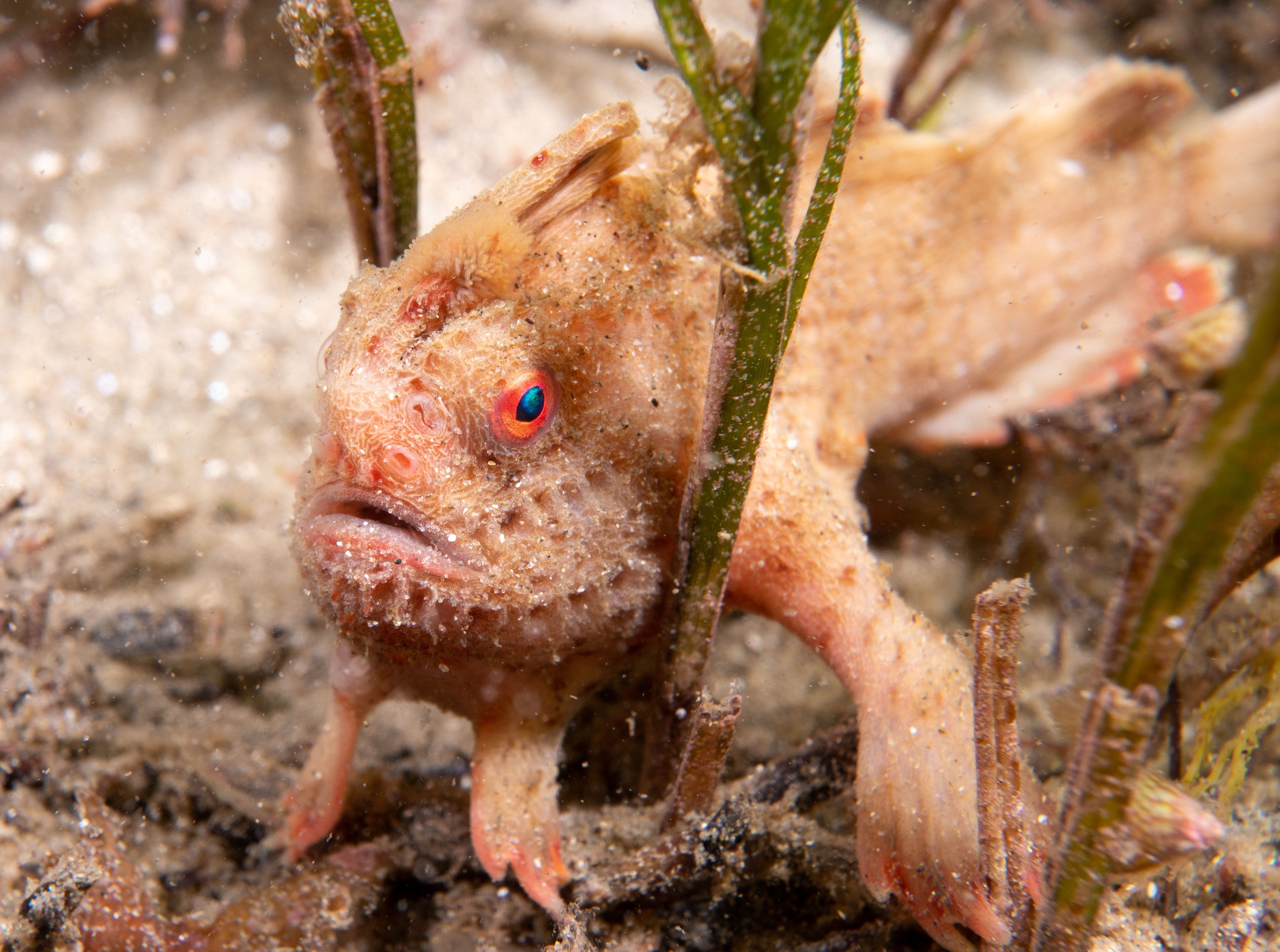
The even rarer - possibly extinct - Ziebell's handfish hasn't been sighted in more than 10 years. "Now we've got a better idea of how many there are - the original population and there's another population - there's going to be another discussion about whether it's a viable opportunity," he said.Īnd it's not the only handfish on the radar, but the other might be a little harder to come by. "They lay their eggs on the base of pieces of seaweed, so it would be easy for their eggs to be knocked off by people kicking around, or even boating."įor that reason, researchers want to keep the new population's location a secret and talks are already underway to have the area protected.Ĭaptive breeding is also being discussed, after the success of a similar program, featuring a Spotted Handfish called Beyonce, known for her moves in the fish tank, in a starring role.ĭr Stuart-Smith said before the latest population was found, scientists were fearful of removing any red handfish, in case they were the last ones in the wild. they generally just stay put when you see them, they feel a bit exposed when you move their piece of seaweed, said IMAS Scicentist, Dr Rick Stuart-Smith. The species is restricted to small, isolated areas. Handfish can swim but choose to walk on their fins. The red handfish commonly grows to just seven to nine centimetres long, living and laying its eggs at the base of seaweed in shallow water on the ocean floor.

"Once we found that initial fish we were able to focus our search area, and quite quickly we discovered another seven fish in close proximity to that first one, so it was very exciting." "I saw the tail of a red handfish hidden under some red algae and that was it!" she said. She described it as "a needle in a haystack" moment. The new site is small, only about the size of two tennis courts.Īntonia Collins, of the Institute of Marine and Antarctic Studies (IMAS), made the discovery two hours into the dive, when the group was preparing to give up. The first population was found in a pocket of water in Frederick Henry Bay, south-east of Hobart.Īfter a tip-off from the public, scientists diving in the region last week found a second population, of a similar size. The red handfish is a species of handfish in the genus Thymichthys, found in Frederick Henry Bay, Tasmania.

The species was first discovered near Port Arthur on the Tasman Peninsula in the 1800s. Red Handfish View source History Talk (0) Red Handfish. Now marine scientists are hailing the discovery of a second population as a major breakthrough for the species. It was thought that numbers had dwindled to as low as 20 fish, making it possibly the world's rarest. Tasmania's red handfish don't move very far or fast, so when scientists spotted one last week, they didn't have to look very far for its mates. They choose to walk on fins even though they can swim.


 0 kommentar(er)
0 kommentar(er)
